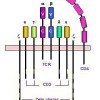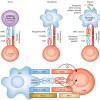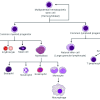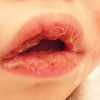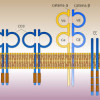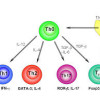Intracellular cytokines in the acute response to highly active antiretroviral therapy
Abstract
OBJECTIVES: Successful highly active antiretroviral therapy (HAART) is usually associated with a rapid decline in HIV plasma RNA levels and a gradual increase in CD4 T cells. We examined whether changes in cytokine production and profile precede other immunological changes and whether these might occur in temporal association with plasma HIV RNA changes.… Read more

